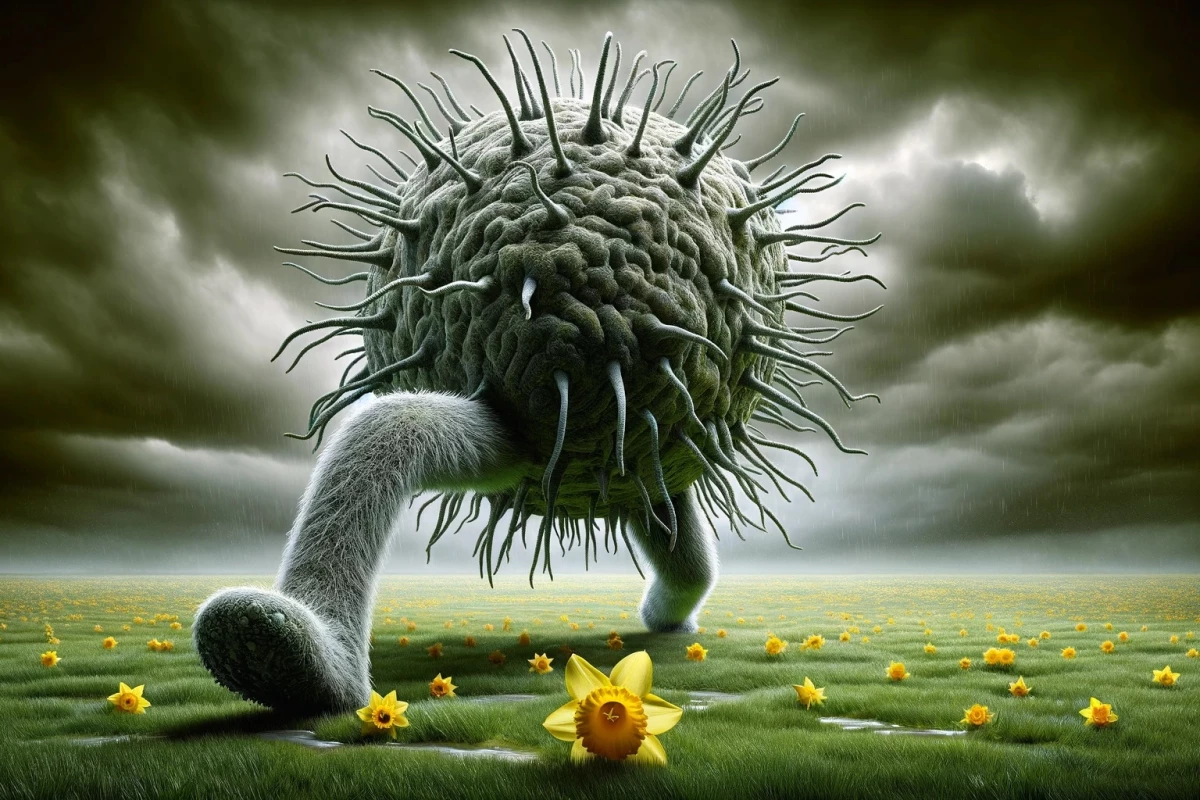Using an AI-based approach, researchers found a better way to create the drug galantamine, commonly prescribed to people suffering from Alzheimer's and other forms of dementia. The fermentation-based technique could boost the drug's availability.
While bacteria are perhaps most famous for causing diseases like strep throat and pneumonia, the tiny microbes can also be programmed to serve as the workhorses in chemical processes. For example, we've seen the probiotic Lactobacillus reuteri genetically engineered to secrete a rheumatoid arthritis drug in the body, and a modified strain of E.coli Nissle 1917 used to produce the anti-Parkinson's Disease drug L-DOPA.
Now, a team of researchers from the University of Texas (UT) has called upon E. Coli once again, this time to produce the anti-dementia drug galantamine. Galantamine works by slowing the breakdown of acetylcholine in the brain, which is an important neurotransmitter that is often degraded in the face of Alzheimer's disease and other cases of dementia. The active ingredient in galantamine is typically extracted from daffodils but that production method is time consuming and subject to the challenges faced by growing and harvesting any crop.
To create the drug in a different way, the UT team genetically engineered E. Coli bacteria to produce galantamine building block 4'-O-Methylnorbelladine as a normal part of its metabolic fermentation process. This is the compound that normally comes from daffodils and it's also used in drugs that, among other things, fight cancer and battle viral and fungal infections.
"The goal is to ferment medicines like this in large quantities eventually," said Andrew Ellington, a professor of molecular biosciences and one of the study authors. "This method creates a reliable supply that is much less expensive to produce. It doesn't have a growing season, and it can't be impacted by drought or floods."
Enlisting the power of AI
To develop the mutated E. Coli, the researchers employed an AI system one of the team members invented called MutComputeX. It was able to analyze thousands of potential mutations to the proteins inside the bacteria to find the ones that would lead to the production of the target chemical. The system also analyzed mutations that would allow the bacteria to operate most efficiently and at optimal temperatures.
"This system helped identify mutations that would make the bacteria more efficient at producing the target molecule," said Danny Diaz, a postdoctoral fellow with the Deep Proteins research group in UT's Institute for Foundations of Machine Learning, who developed MutComputeX. "In some cases, it was up to three times as efficient as the natural system found in daffodils."
Getting glowing
To make the drug-development process even more efficient, the team also created a fluorescent biosensor that would glow green when in the presence of the desired drug. It made sample analysis super speedy.
"The biosensor allows us to test and analyze samples in seconds when it used to take something like five minutes each," said Simon d'Oelsnitz, a postdoctoral researcher formerly at UT Austin and now at Harvard University, the first author of the paper. "And the machine learning program allows us to easily narrow candidates from tens of thousands to tens. Put together, these are really powerful tools."
While bacteria have been used to produce drugs before, as we've seen, the use of a bacteria-based fermentation process as an alternative to the daffodil extraction method is completely novel. The hope is that the method will offer a path forward to producing critical drugs, including Galantamine, at scale in the lab in a more reliable and affordable way.
The research has been published in the journal Nature Communications.
Source: University of Texas





